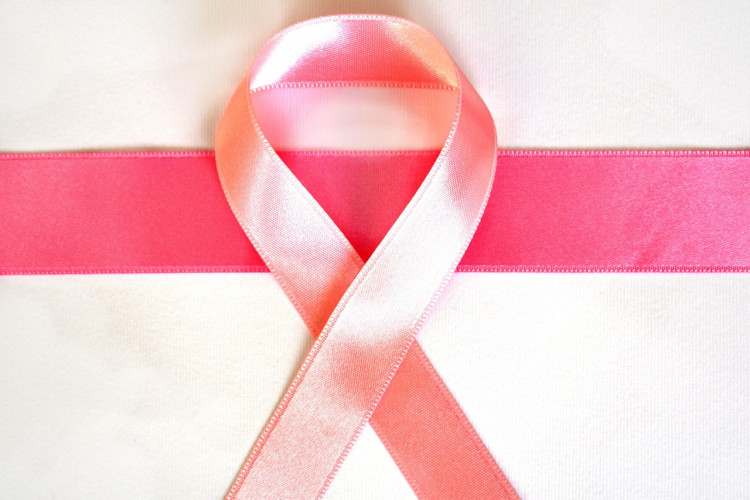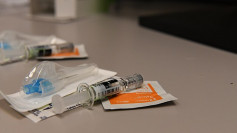Breast cancer cases among Asian American and Pacific Islander (AAPI) women have surged to alarming rates, leaving experts puzzled over the causes of this troubling trend. Recent data reveals that breast cancer diagnoses in this demographic have escalated sharply, with young women particularly affected. The rise in cases is prompting urgent calls for further research to unravel the factors contributing to this increase.
In 2021, approximately 11,000 AAPI women were diagnosed with breast cancer, and around 1,500 succumbed to the disease, according to the latest federal data. This marks a significant departure from previous years when breast cancer rates among AAPI women were relatively low. Notably, the rate of new diagnoses in AAPI women under 50 has soared by 52% from 2000 to 2021, surpassing the rates for Black and Hispanic women, and now aligns closely with those for white women.
Christina Kashiwada, a 36-year-old civil engineer from Sacramento, represents this growing demographic. Kashiwada's initial dismissal of a small, itchy lump in her breast led to a stage 3 breast cancer diagnosis after a routine mammogram. "I'm 36 years old, right?" Kashiwada remarked. "No one's thinking about cancer." Her experience highlights a broader issue affecting many young AAPI women, who now face increasingly aggressive forms of breast cancer with higher mortality rates.
The increase in diagnoses is striking, particularly when compared to the broader population. For instance, while breast cancer rates for women of all ages, races, and ethnicities grew by a mere 3% over the same period, AAPI women under 50 saw a dramatic 52% increase. This trend is not only alarming but also raises critical questions about underlying causes.
Helen Chew, Director of the Clinical Breast Cancer Program at UC Davis Health, points out the complexity of the issue. "The Asian American diaspora is so broad and diverse that simple explanations for the increase in breast cancer aren't obvious," Chew said. She speculated that factors such as reduced access to healthcare and cultural reluctance to seek medical attention might contribute to the rising rates.
Adding to the complexity, breast cancer death rates among AAPI women have remained static at 12 per 100,000 in 2023, a stark contrast to the 30% decline observed in breast cancer death rates across all women. This stagnation underscores a critical disparity that needs addressing.
Research efforts to uncover the causes of this trend are ongoing. Scarlett Gomez, a professor and epidemiologist at the University of California-San Francisco's Helen Diller Family Comprehensive Cancer Center, is leading a study to explore potential risk factors. Gomez notes that while the increase is evident, the precise causes remain unclear. "We're seeing somewhere almost around a 4% per-year increase," Gomez said, adding that stress and lifestyle changes are among the factors being investigated.
Veronica Setiawan, a professor at the Keck School of Medicine, suggests that Western lifestyle adoption may play a role. "Asian women become more westernized, leading to earlier puberty and later childbearing, which are associated with increased breast cancer risk," Setiawan explained. Her research, alongside Gomez's, aims to pinpoint the precise factors driving the rise in cases among AAPI women.
Moon Chen, a professor at UC-Davis and expert on cancer health disparities, highlights a critical issue: insufficient research funding. "Only a tiny fraction of NIH funding is devoted to researching cancer among Asian Americans," Chen said, emphasizing the need for increased support to address this growing public health concern.
Kashiwada's personal battle with breast cancer-marked by a mastectomy, chemotherapy, radiation, and ongoing treatment-serves as a poignant reminder of the human impact behind the statistics. "Not to say that you should be afraid of everything, but just be very in tune with your body and what your body's telling you," Kashiwada advises other young women.






